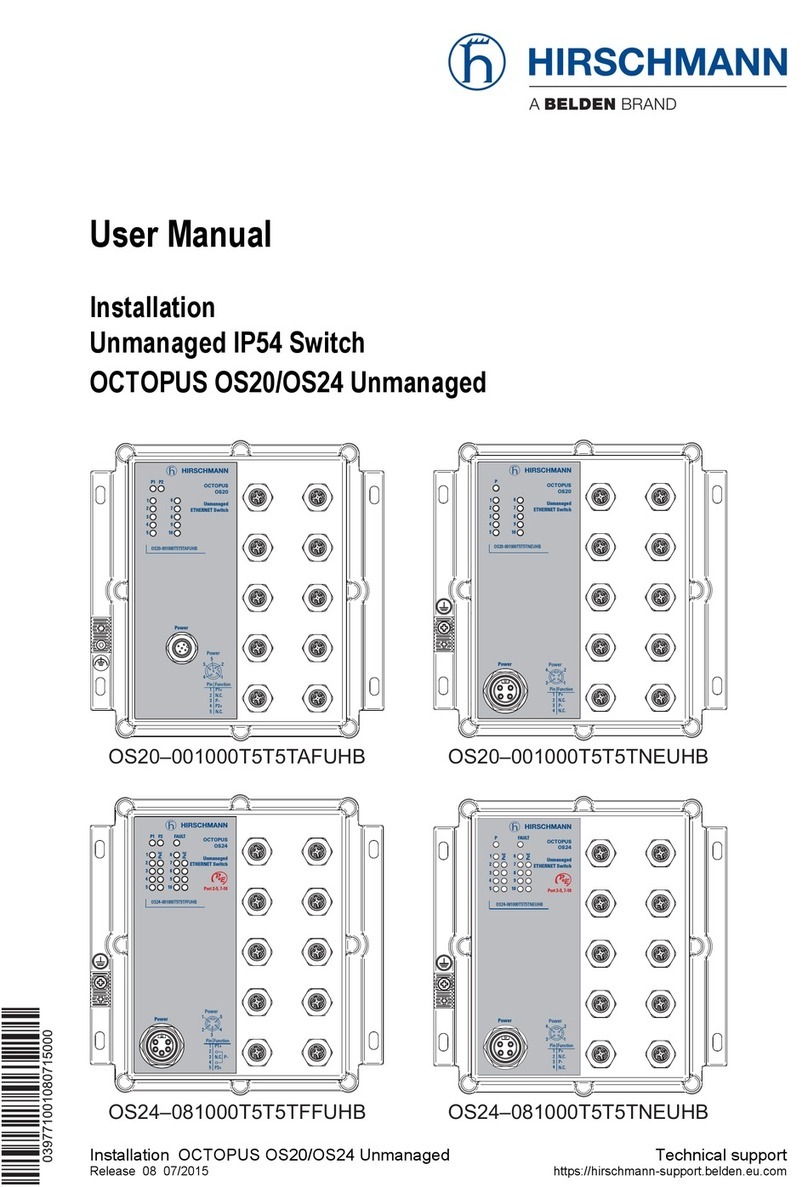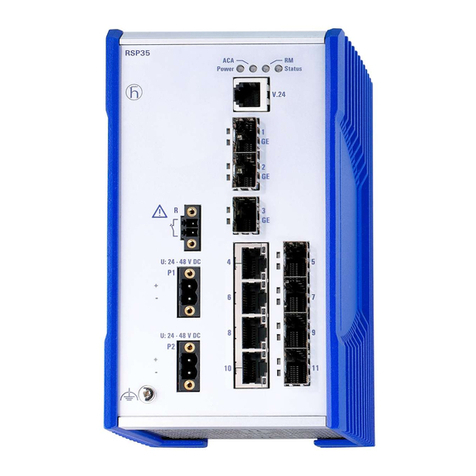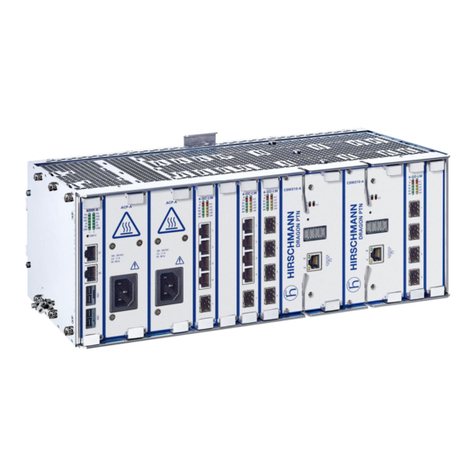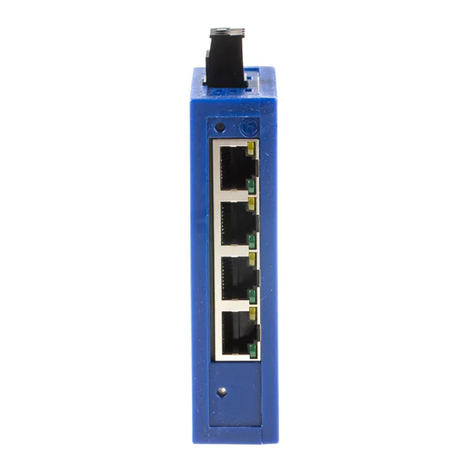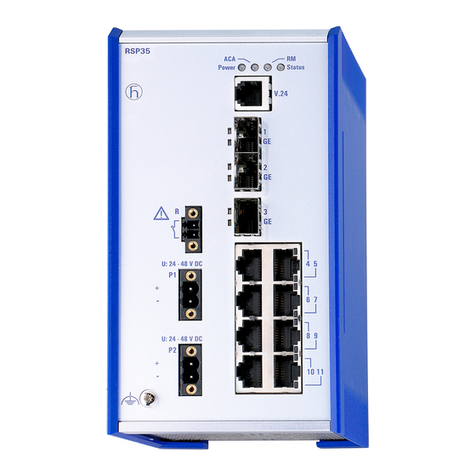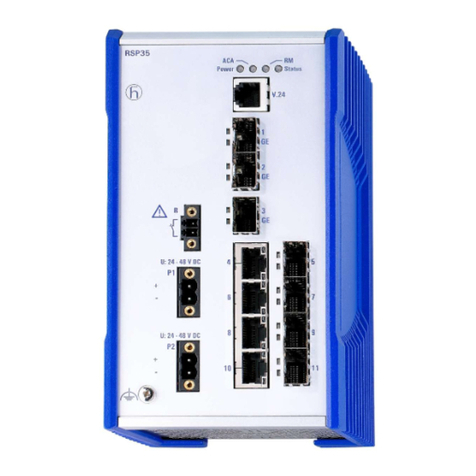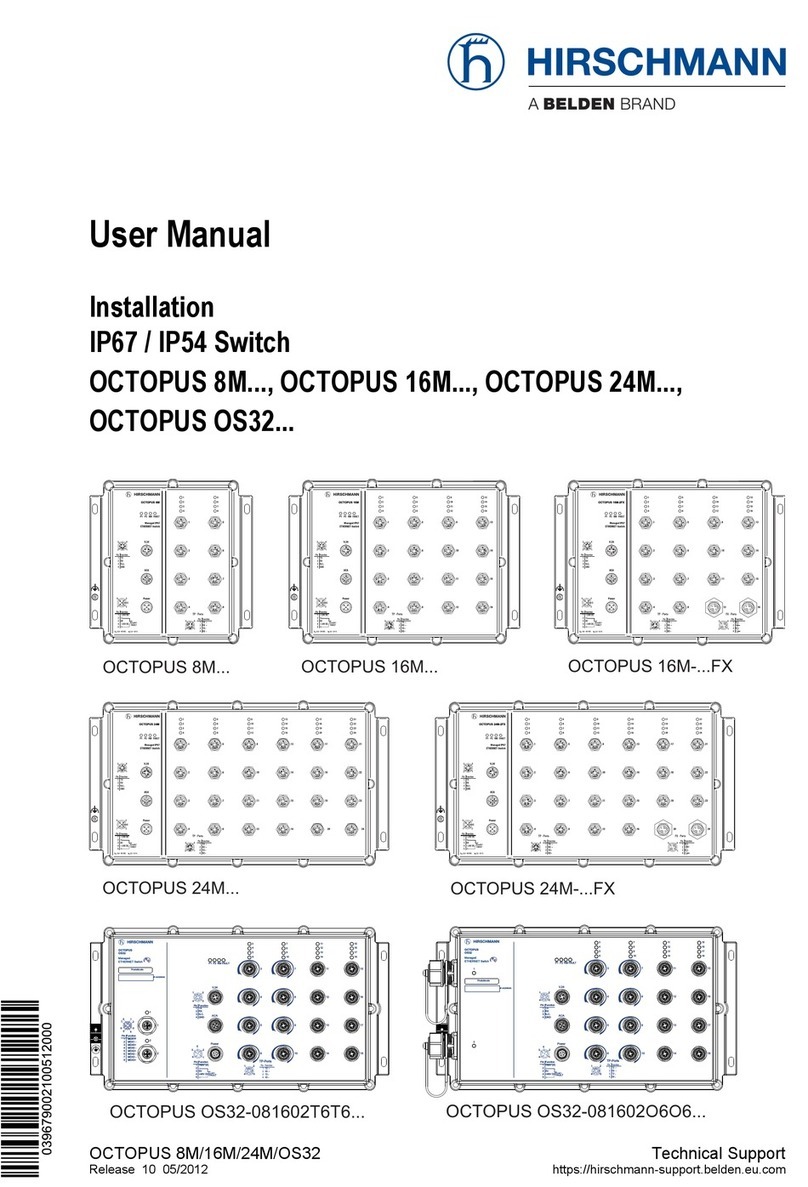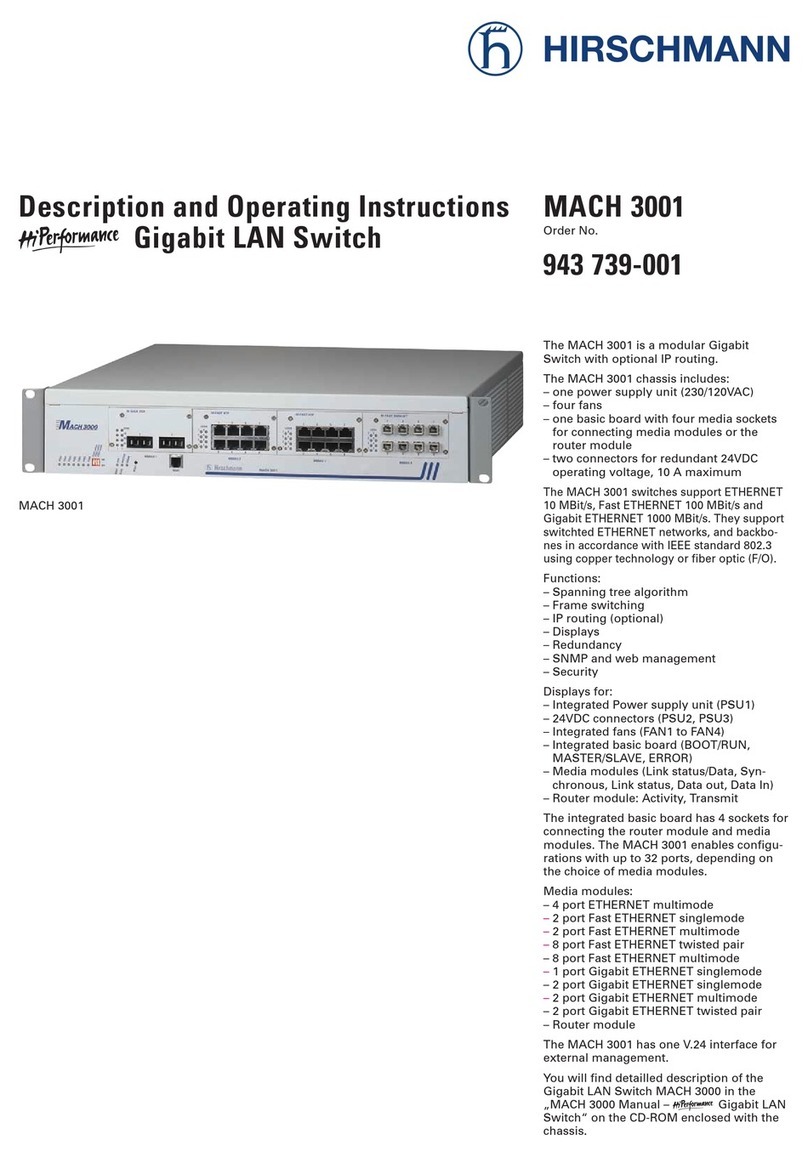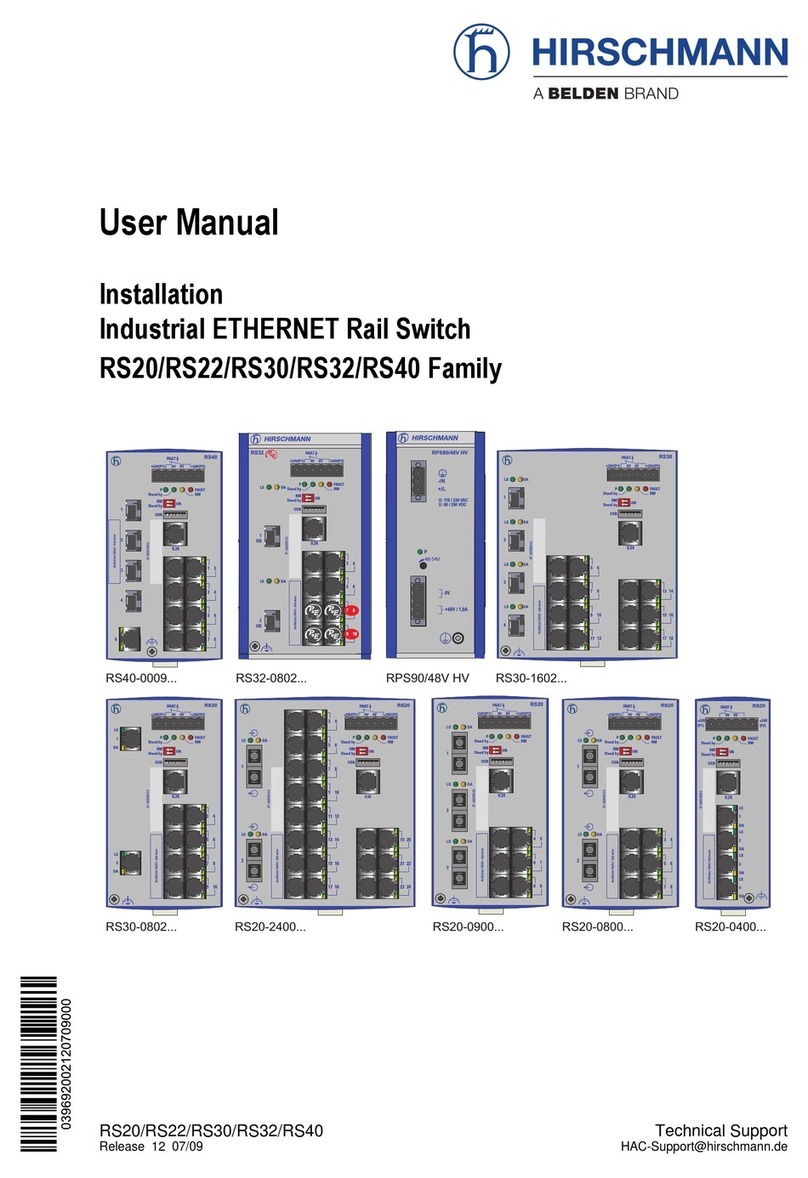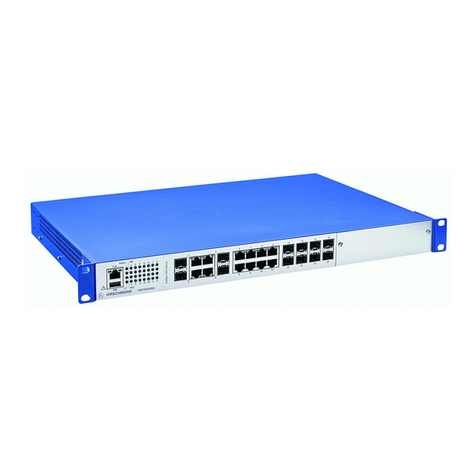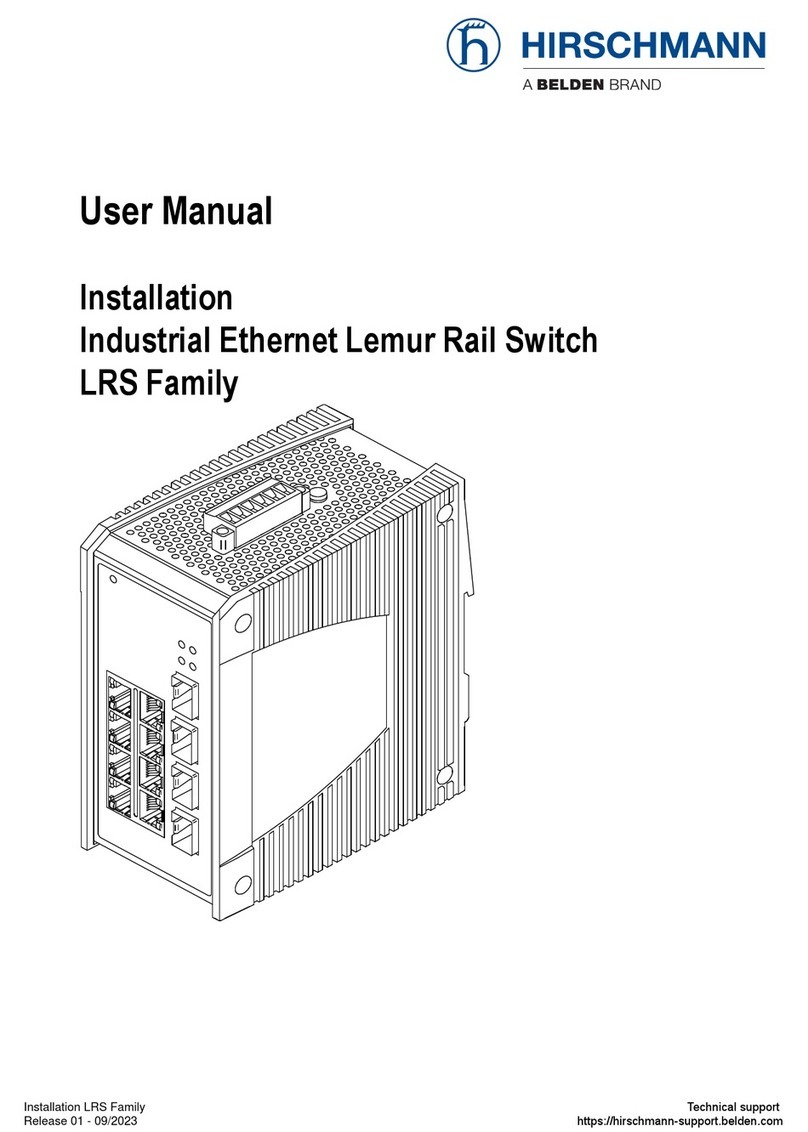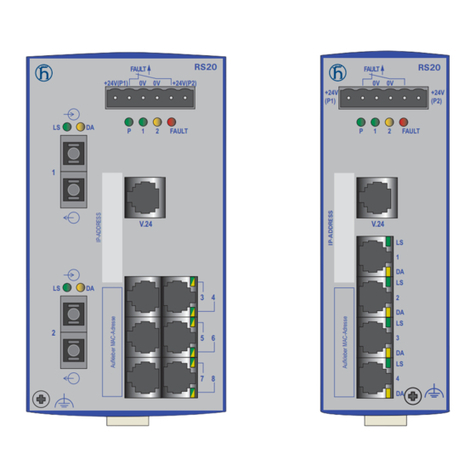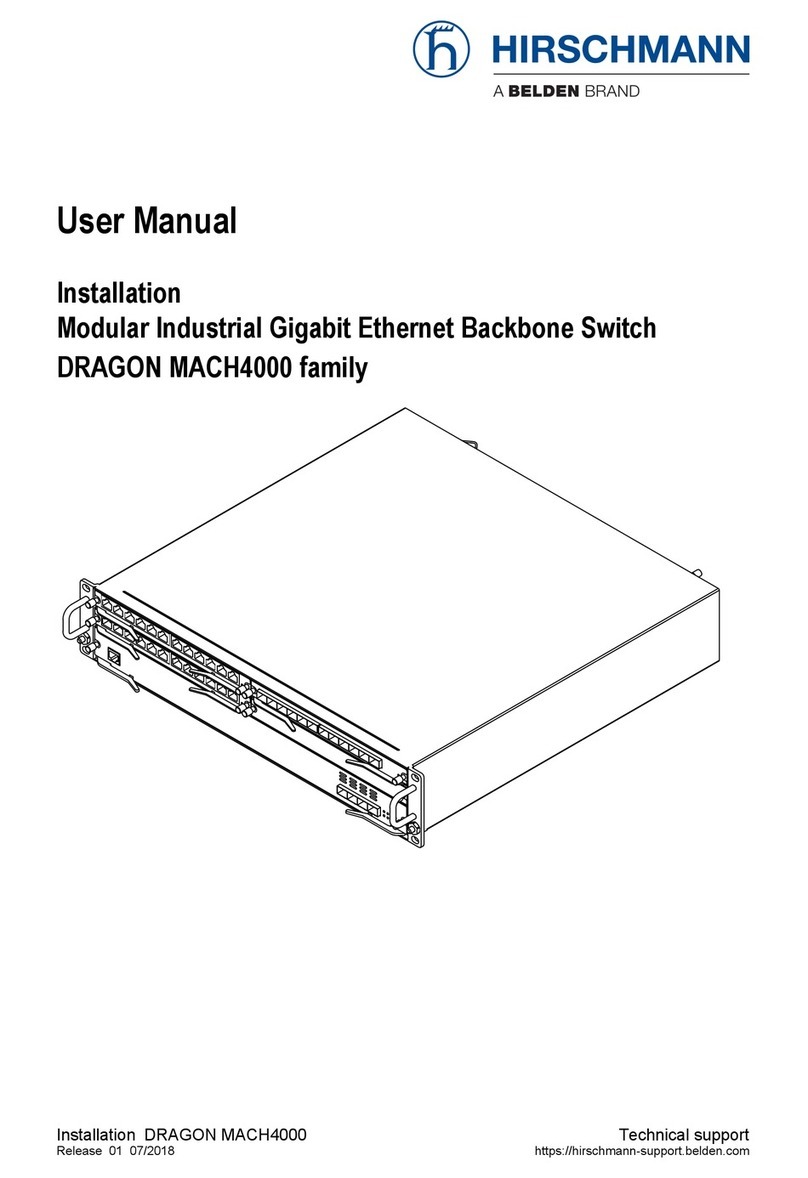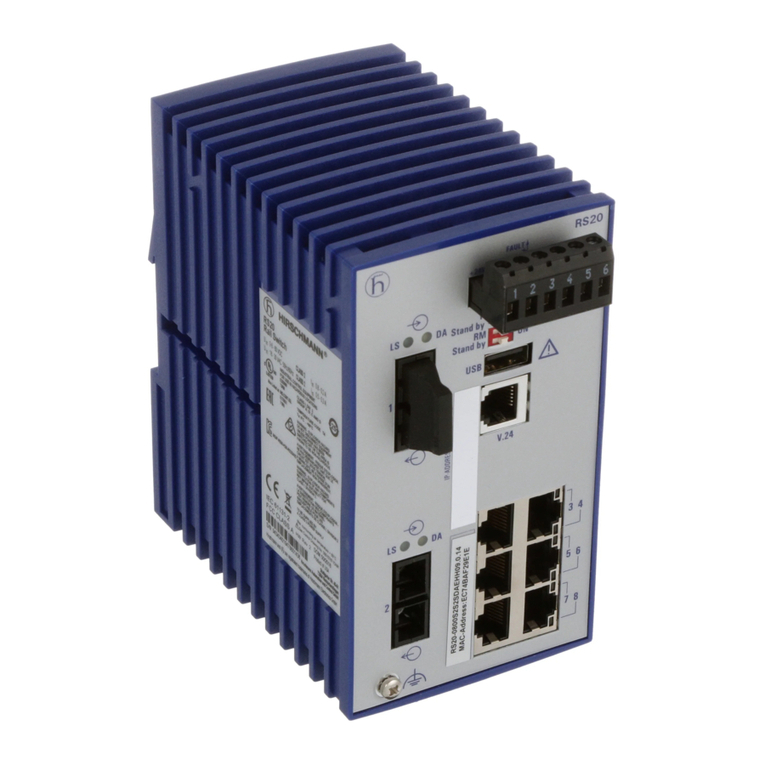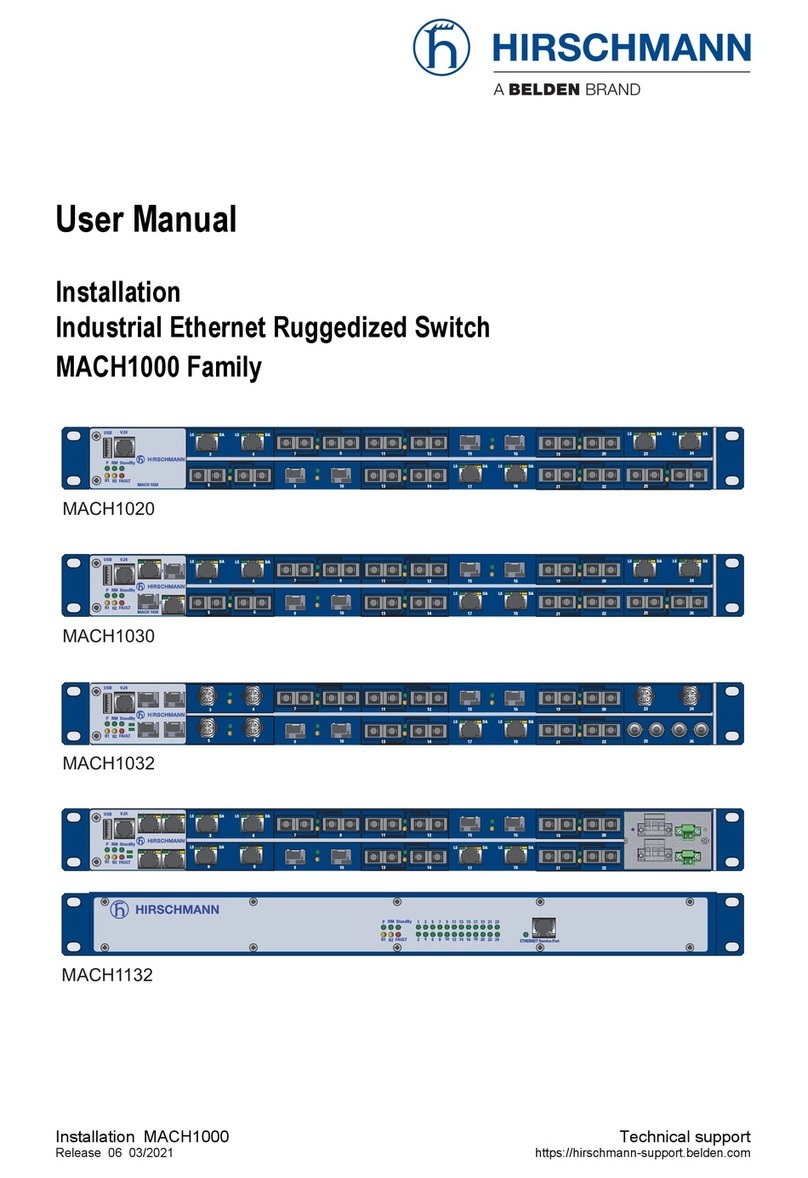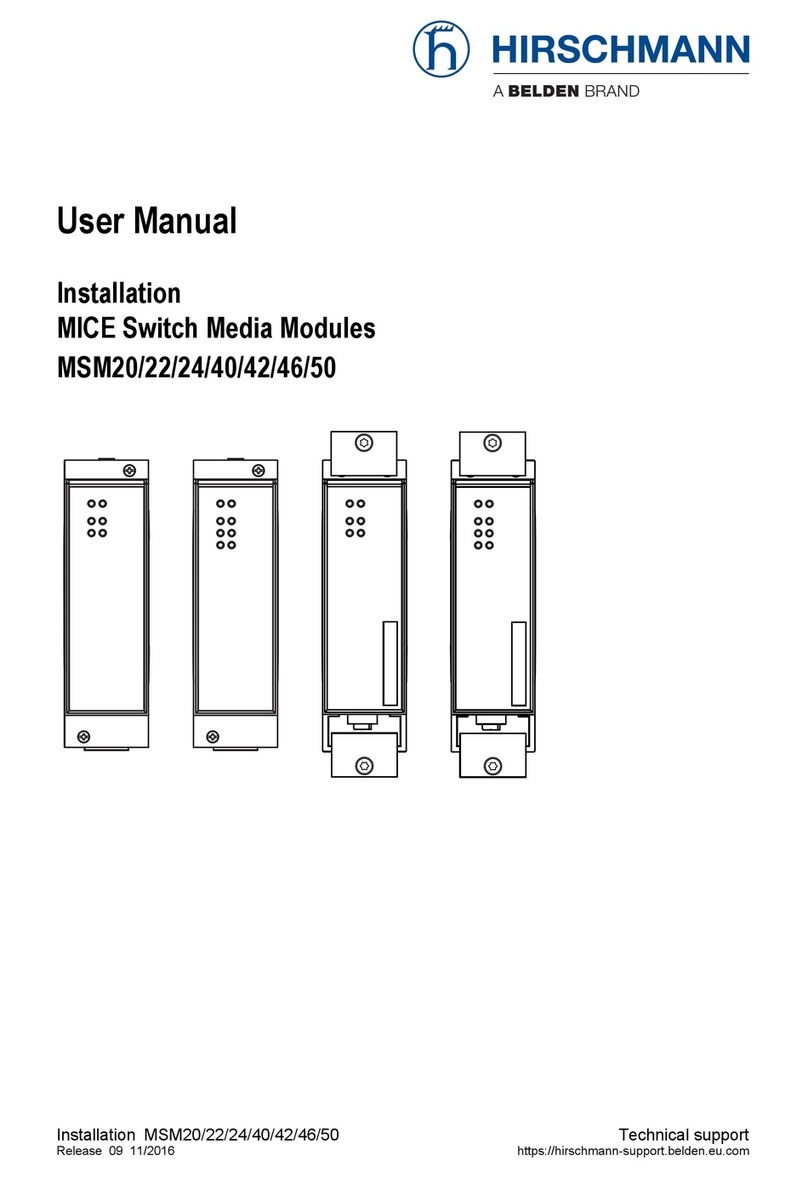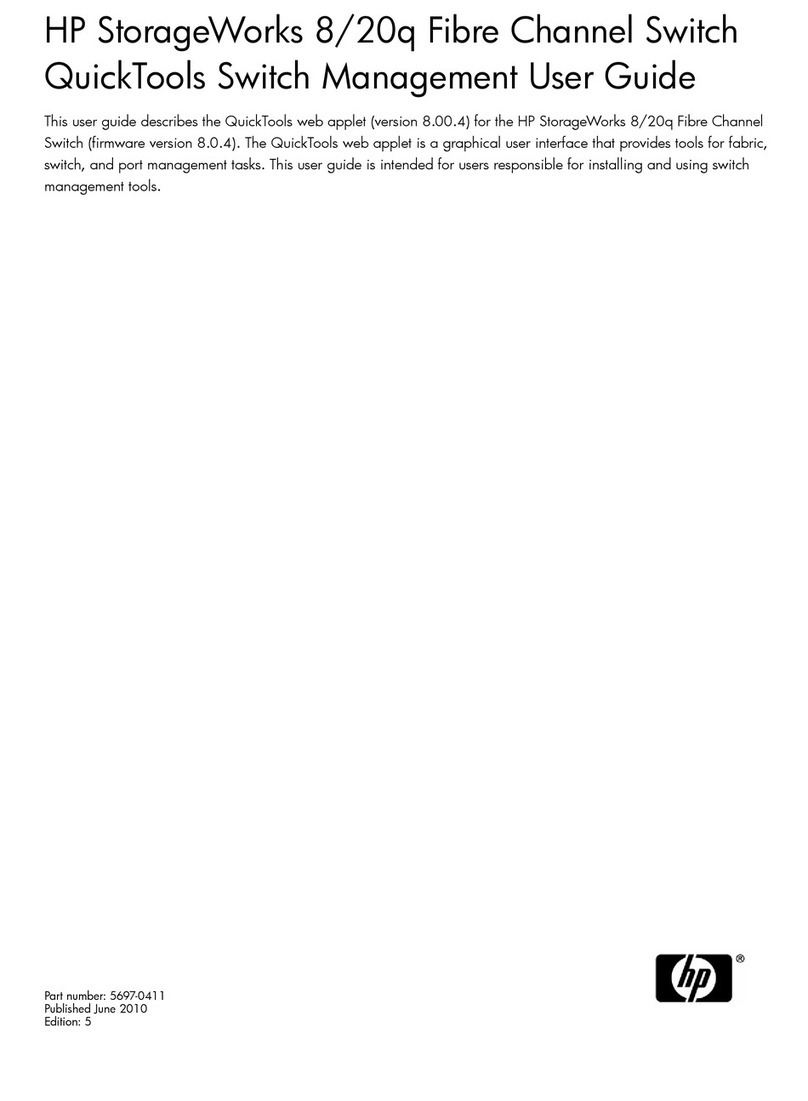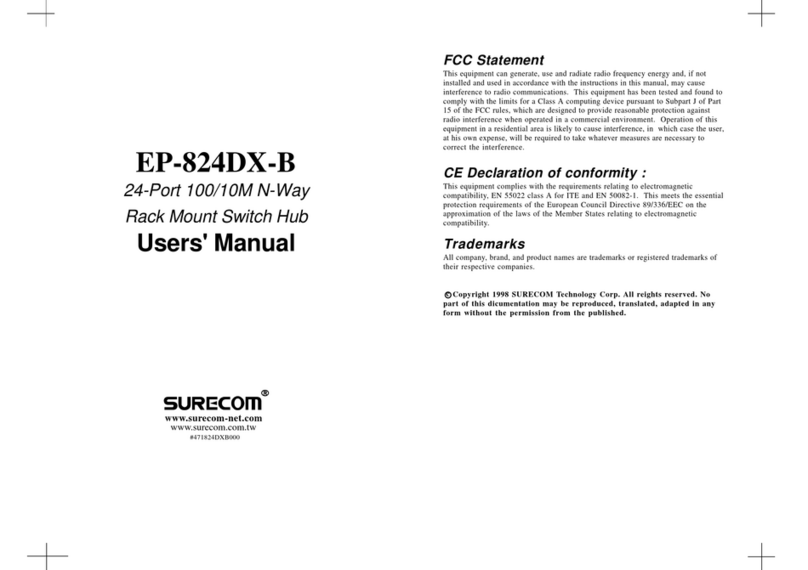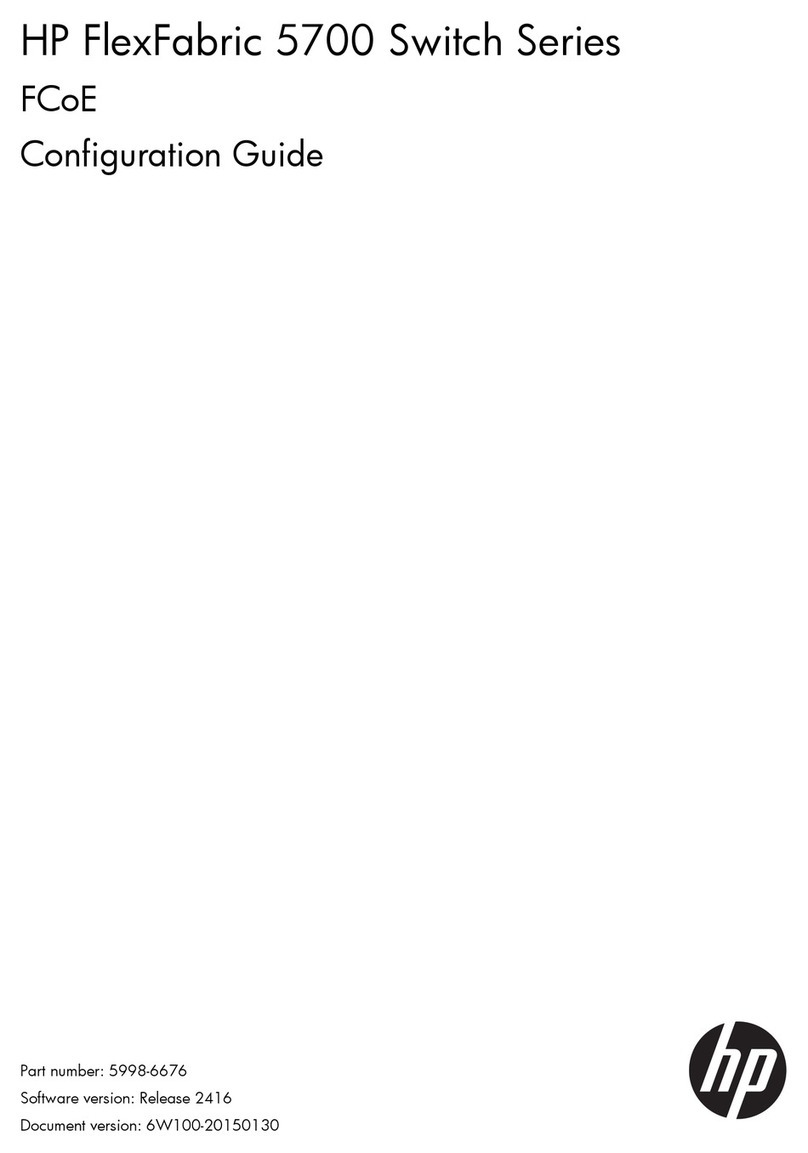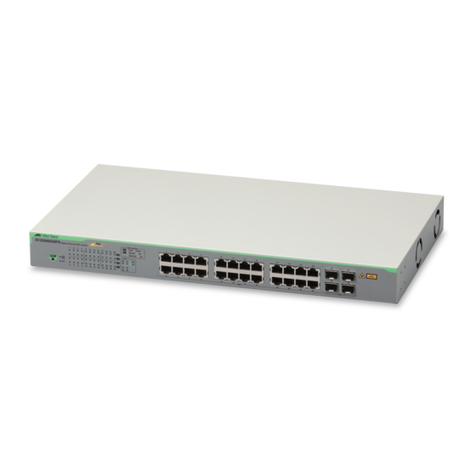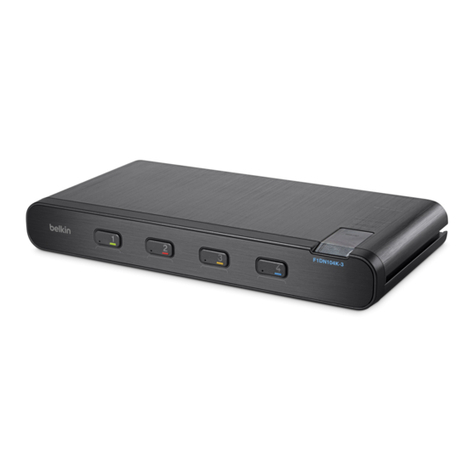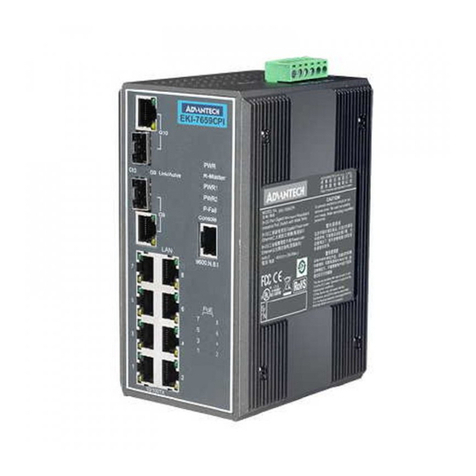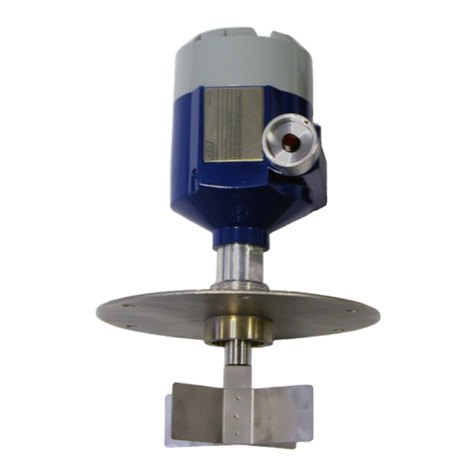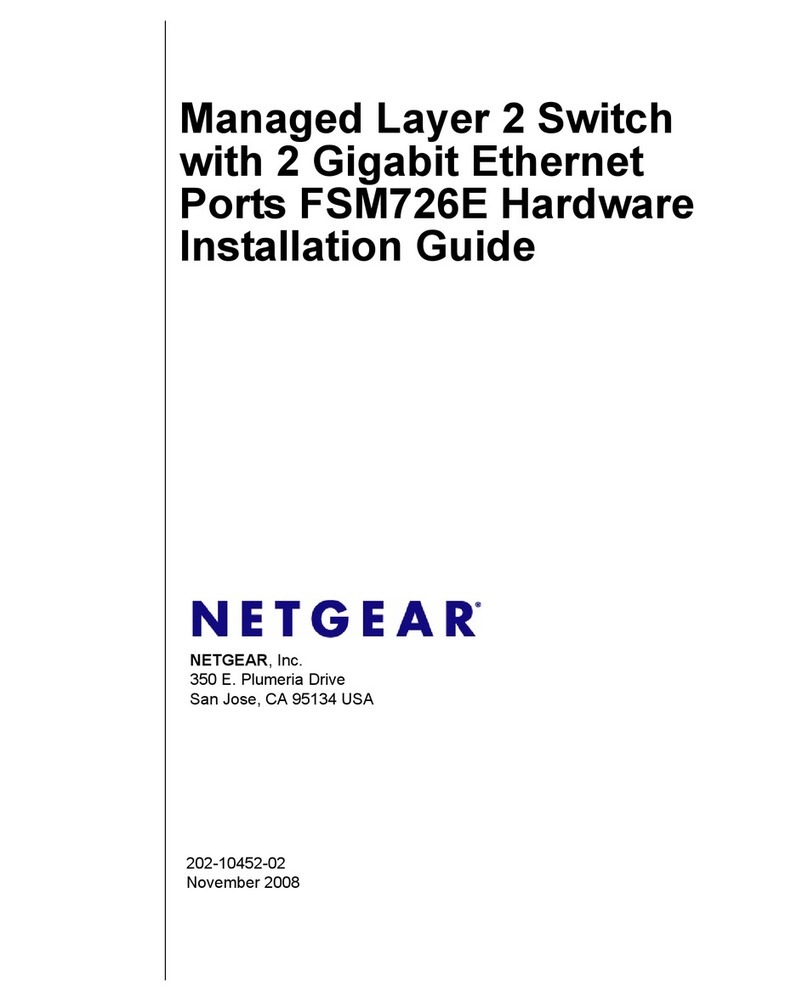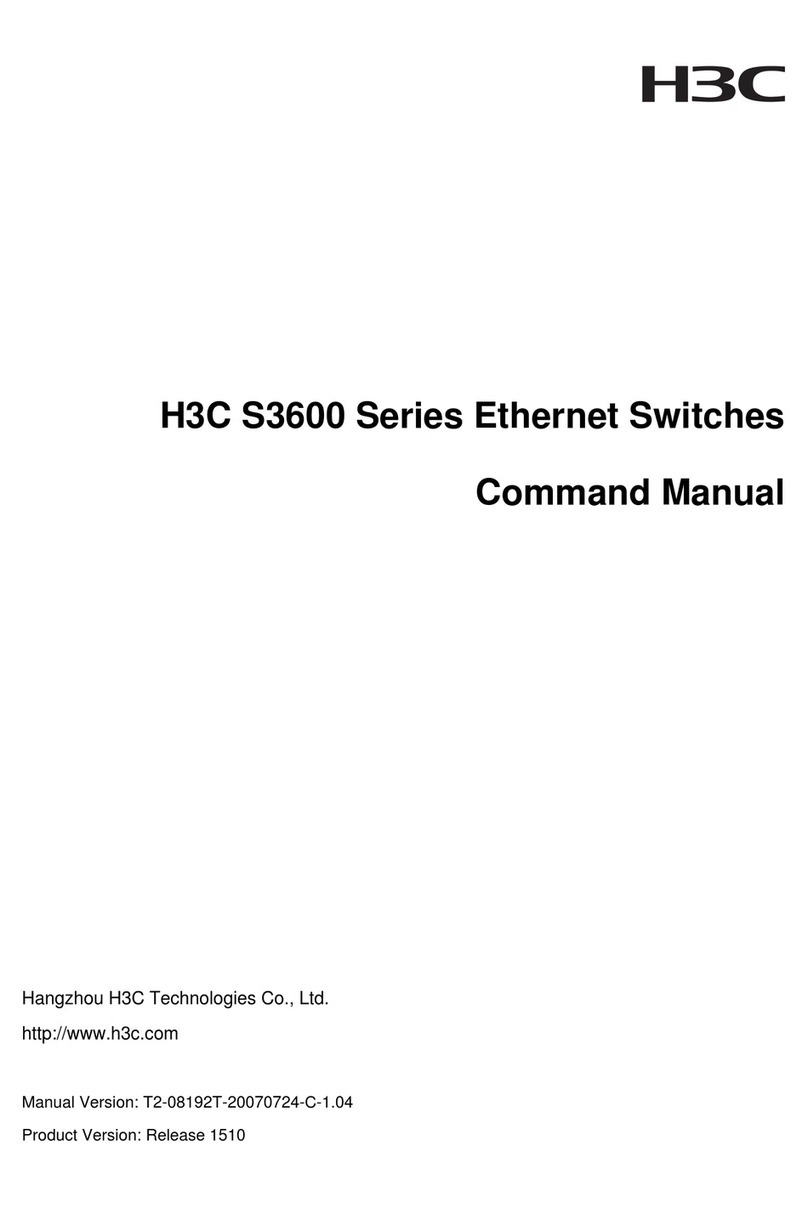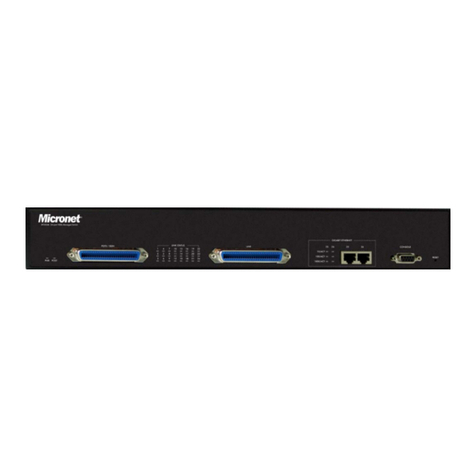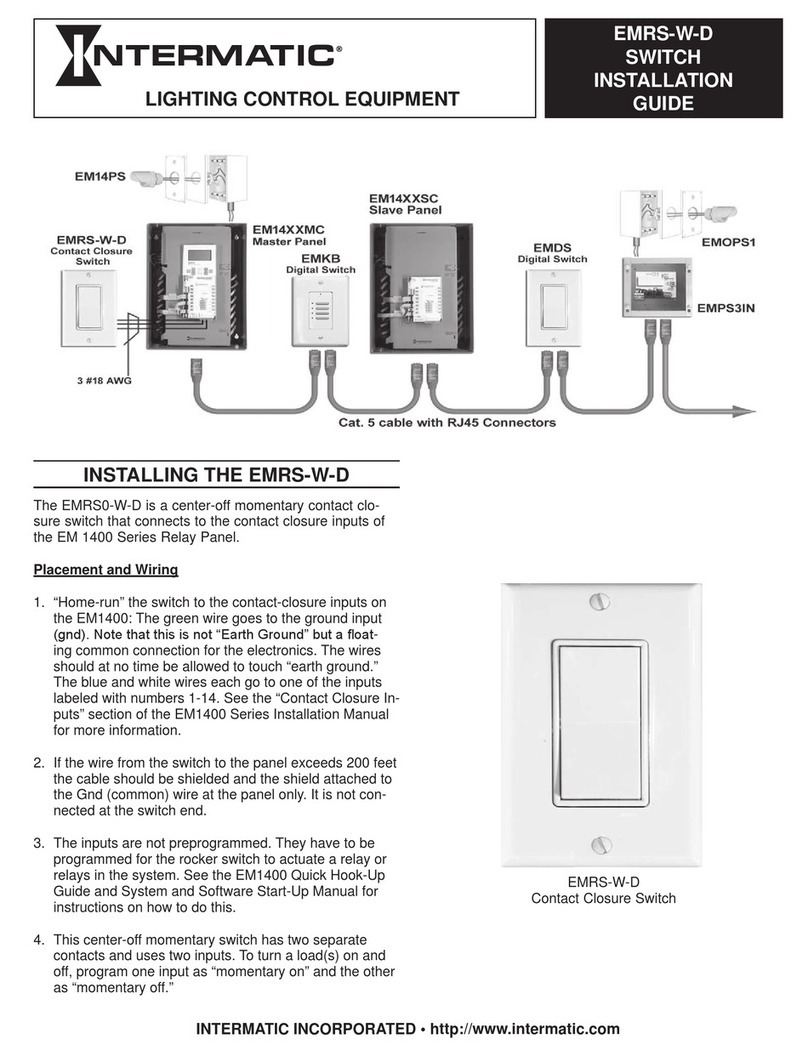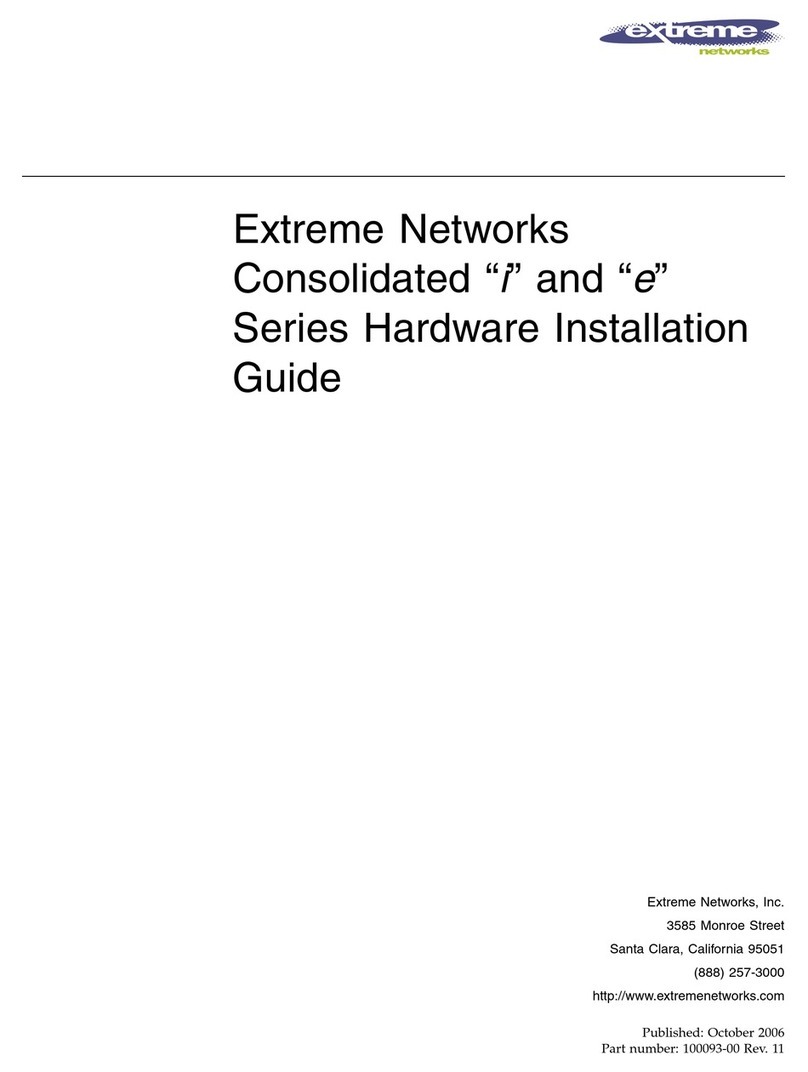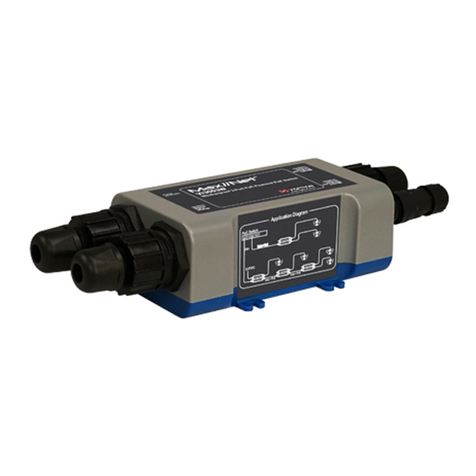
Introduction
1-2
1
Switch Architecture
The Hirschmann GigaLION-24TP Gigabit Ethernet switch employ a wire-speed,
non-blocking switching fabric. This permits simultaneous wire-speed transport of
multiple packets at low latency on all ports. The switch also feature full-duplex
capability on all ports, which effectively doubles the bandwidth of each connection.
The switch uses store-and-forward switching to ensure maximum data integrity. With
store-and-forward switching, the entire packet must be received into a buffer and
checked for validity before being forwarded. This prevents errors from being
propagated throughout the network.
Network Management Options
The switch contain a comprehensive array of LEDs for “at-a-glance” monitoring of
network and port status. They also include a management agent that allows you to
configure or monitor the switch using its embedded management software, or via
SNMP applications. To manage the switch, you can make a direct connection to the
RS-232 console port (out-of-band), or you can manage the switch through a network
connection (in-band) using Telnet, the on-board Web agent, or Windows-based
network management software.
For a detailed description of the switches’ advanced features, refer to the
Hirschmann GigaLION-24TP Gigabit Ethernet Switch Management Guide.
Description of Hardware
10/100/1000BASE-T Ports
The Hirschmann GigaLION-24TP switch contain 24 RJ-45 ports that operate at 10
Mbps or 100 Mbps, half or full duplex, or at 1000 Mbps, full duplex. Because all ports
on the switch support automatic MDI/MDI-X operation, you can use straight-through
cables for all network connections to PCs or servers, or to other switches or hubs.
(See “1000BASE-T Pin Assignments” on page B-3.)
Each of these ports support auto-negotiation, so the optimum transmission mode
(half or full duplex), and data rate (10, 100, or 1000 Mbps) can be selected
automatically. If a device connected to one of these ports does not support
auto-negotiation, the communication mode of that port can be configured manually.
Each port also supports auto-negotiation of flow control, so the switch can
automatically prevent port buffers from becoming saturated.
SFP Slots
The Small Form Factor Pluggable (SFP) transceiver slots are shared with four of the
RJ-45 ports (ports 21~24 in theHirschmann GigaLION-24TP). In its default
configuration, if an SFP transceiver (purchased separately) is installed in a slot and
has a valid link on its port, the associated RJ-45 port is disabled and cannot be used.
The switch can also be configured to force the use of an RJ-45 port or SFP slot, as
required.






















